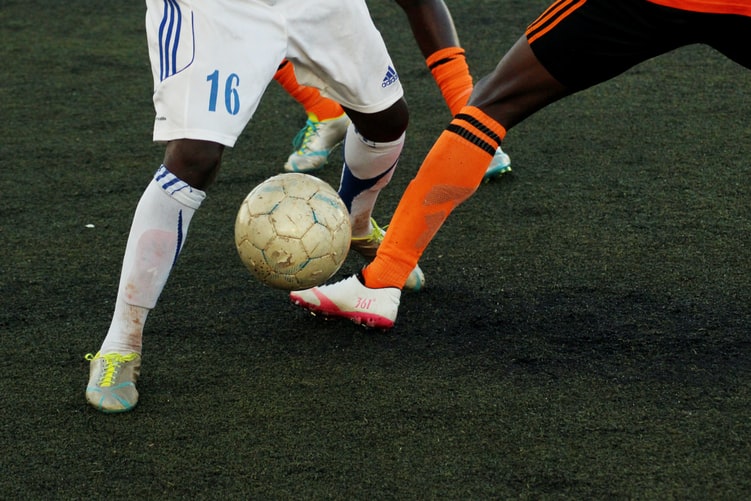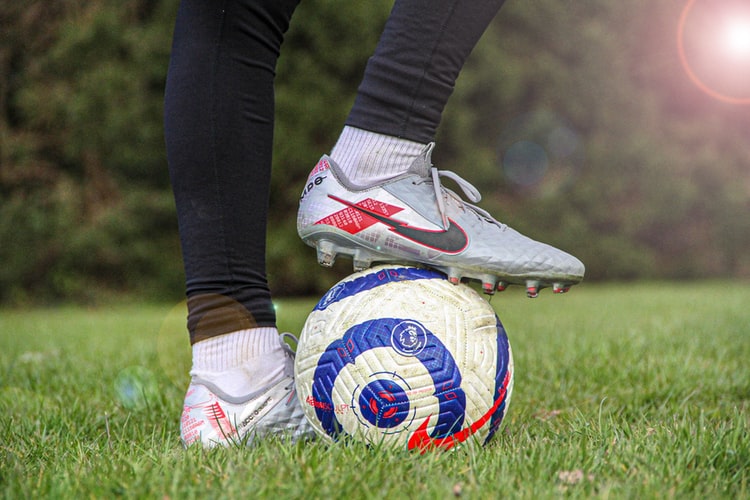As the main part of the body used in soccer, healthy feet are a must for maximum performance and utmost enjoyment when playing the sport. While blisters, calluses, cramping, and other injuries are pretty common, they are actually avoidable or manageable, as long you devote proper care to your feet. To help you achieve just that, we’ve listed the best tips to keep your feet healthy when playing soccer, helping you bring out your A-game and spend a great time on the field.
Get the right fit.
Unlike other sports shoes, soccer cleats should fit very snug to get that second-skin feel. Having them too loose and your foot will likely slide around inside, resulting in blisters. Getting them too tight will alter the feet’s structure, leading to issues and discomfort and impacting your optimal performance.
The general rule is getting them ultra-snug but still leaving little wiggle room for your toes. Typically, cleats half size smaller than your standard casual footwear does the trick. For instance, if you’re a size 9, then it’s best to get an 8 ½ for your soccer cleats. Be sure to pick the width as well to prevent arch problems and cramping.
Trim toenails regularly.
One of the worst things you’d like to happen when playing soccer is ripping a toenail. It can be very painful and can take a few weeks to heal or even months for more serious cases.
Longer toenails are far easier to damage. As such, it’s important that you cut your toenails once or twice a week. That way, your toenails become safer from cracking in case someone steps on your toes or you become the receiving party of a rugged play.
Big calluses and bunions can result in the formation of blood blisters, which again can hurt badly and provide discomfort. Be sure to shave them down to ensure that you get the proper and comfy fit of your cleats and avoid such conditions
Practice good foot hygiene.
Soccer cleats retain sweat, serving as a good harbor for fungal development. Adding your contact to other players in and out of the field, you’re always at risk of infection.
To avoid issues like athlete’s foot and other mycoses, you must keep your feet clean and dry. If your feet start to feel, change your socks right away. Excessive moisture is a villain to your feet, so watch and dry them the soonest you can.
Don’t forget to wear shower shoes, flip-flops, or sandals when bathing in lockers. It limits the chances of contracting fungi, as well as halting its spread to others. You can use anti-fungal spray on your shoes after use for extra protection.
Look out for oddities.
Inspect your feet closely to spot any bruises, blisters, cracks, discolorations, fissures, and other conditions. Some of them may not be painful or noticeable as of yet, but will certainly cause issues should they worsen. As the old adage implies, prevention is always the best way. Pay attention to problems, and do necessary remedies before they go out of hand.
Care for your leg muscles.
Many foot injuries result from tightening of the muscles in the foreleg. Do proper stretching before the game to slowly increase your body’s temperature and loosen up tendons, joints, and muscles. As they become flexible, you decrease your chances of sustaining sprains, strains, or torn muscles. Not to mention that it also allows you to get a better range of movement and motions for your best performance.
Wear two socks.
Double socking is a trick many players employ nowadays. Doing so helps wicks away moisture, reduces friction, and provides a better fit. Thus, increasing the cushion, grip, and comfort without squeezing your toes. Just be mindful not to wear two pairs of thick socks at one. Wearing thin compression socks over traditional ones is the best way to do it.
Follow the RICE method.
The RICE (Rest, Ice, Compression, and Elevation) method still remains the most popular and effective technique used to relieve pain and swelling and promote after playing sports, such as ones caused by sore feet or knees.
Start by resting your feet and stopping from any activity. Ice your feet afterward by submerging them in an ice bath or using an ice pack for about 10 to 20 minutes. You can do this three or more times in the day. Once the swelling subsides, compress the affected area by using bandages or wearing compression socks. Lastly, elevate your legs above the level of your heart while lying or sitting to continue minimizing the swelling.
If the condition is worse, accompanied by extreme pain and swelling that won’t go away, head to a doctor right away.
Takeaway
By knowing how to care for your feet, you get to attain full enjoyment and improve your gameplay as you play the sport. Inculcate these tips into your daily habits and reap all the positive results out in the field.




